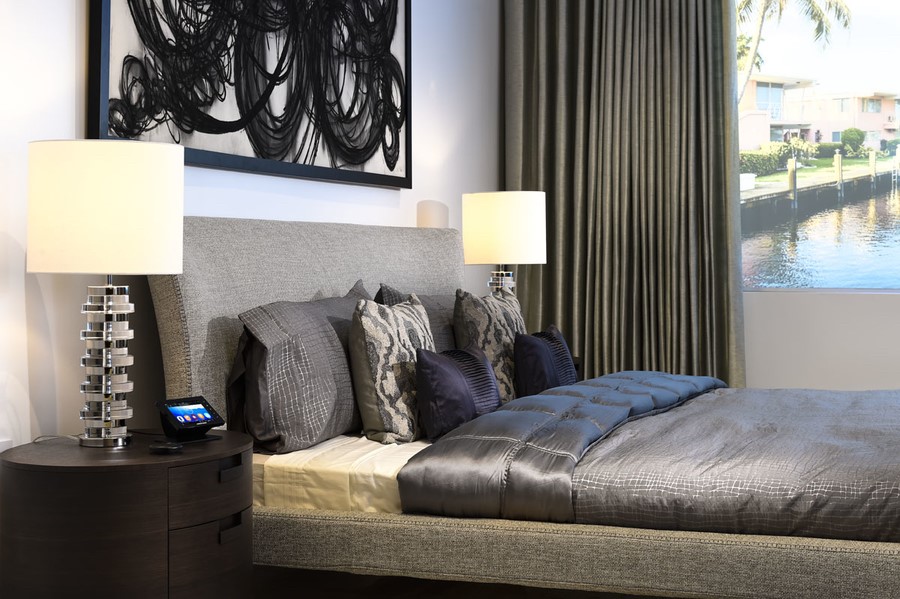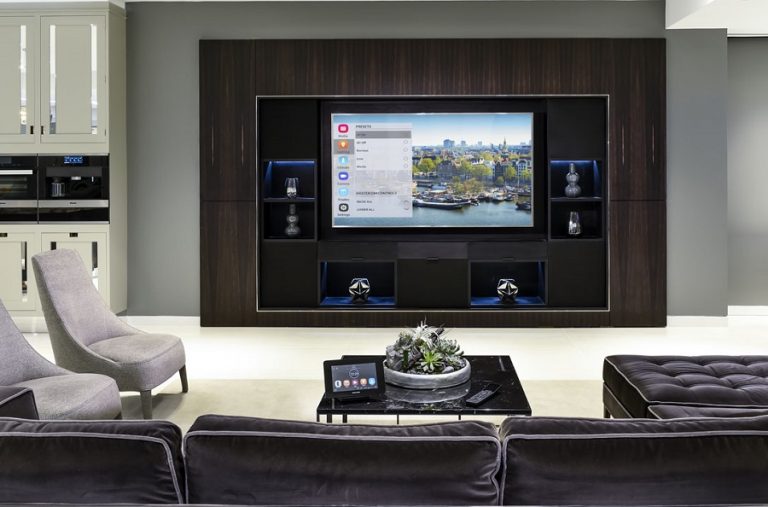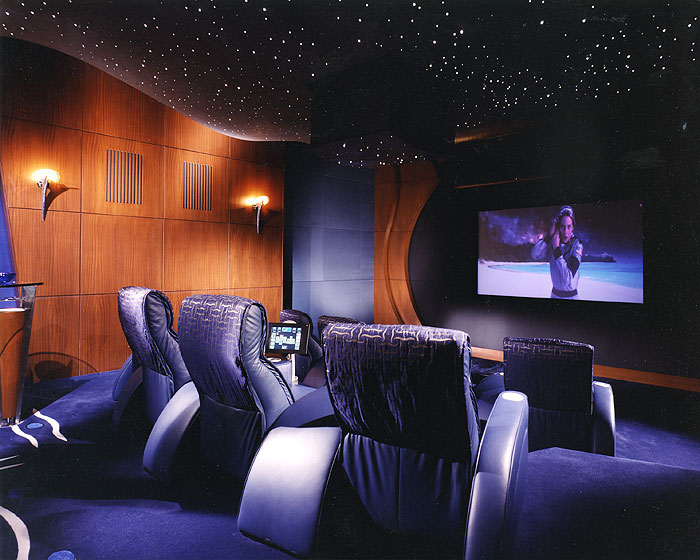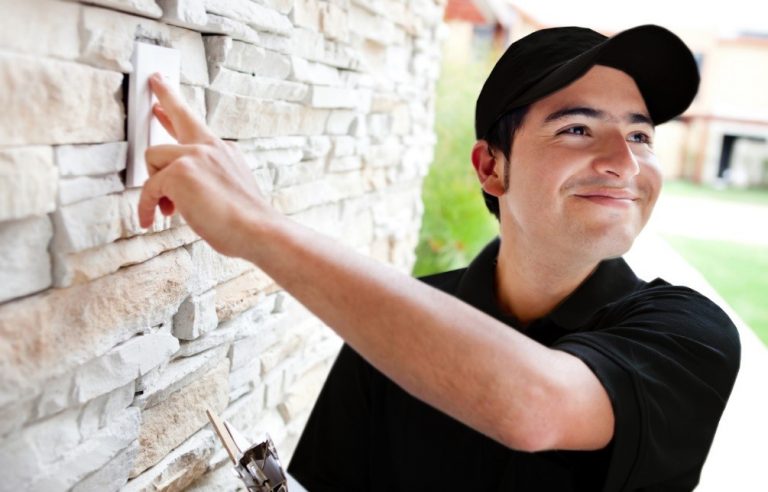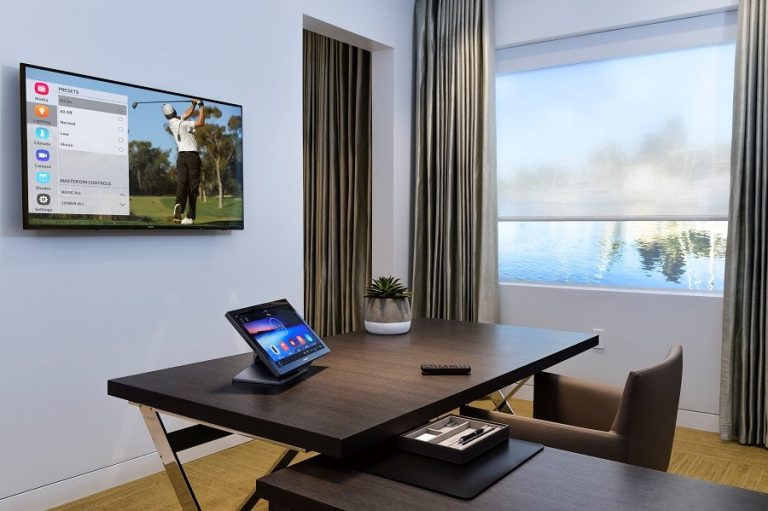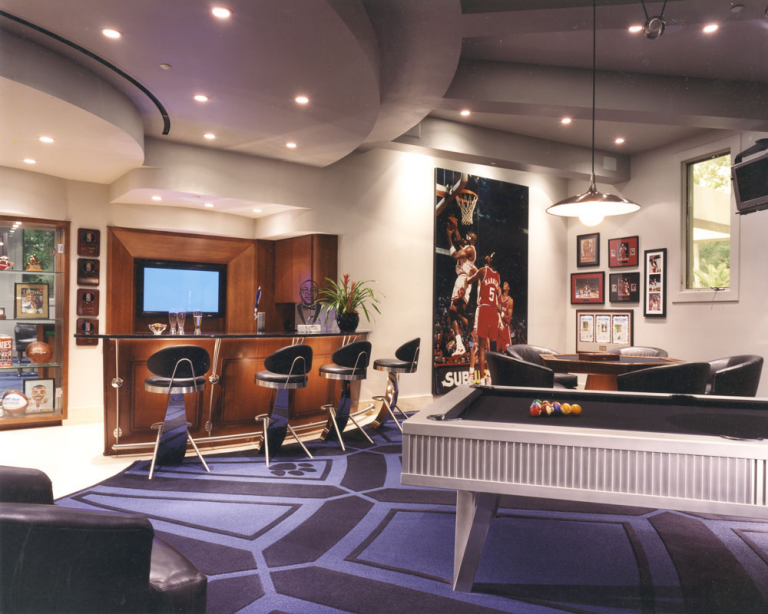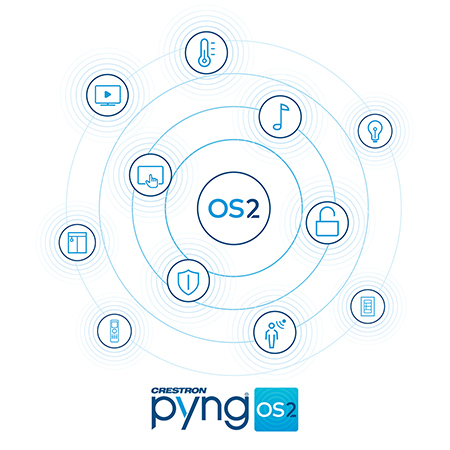Make Your Home Future-Proof with Smart Home Technology
Building or Remodeling? It’s the Perfect Time
Recently I wrote about why I started Ted Hollander Designs. After many years of providing homeowners with high-end, custom audio and video solutions, I saw home technology evolving well beyond just audio and video.
You are likely familiar with smart home technology, and you may already have some in your Winter Park, FL home. Some people buy Google Nest thermostats on design alone, but it was one of the first consumer smart home devices. Voice assistants like Amazon’s Alexa and Apple’s Siri are already part of popular culture, and both consumer and professional smart home systems can be controlled with their voice commands.
If you want a truly integrated smart home that’s easy to live with, and that will grow with you over time, we suggest a professionally installed home automation system. And if you are embarking on a remodel, addition, or new home constructions project, that’s the perfect time to future-proof your home with the infrastructure for smart technology.
Read on for more thoughts on how to best integrate smart home technology.
See Also: Crafting a Smart Home Technology System with a Personal Touch
Reliability
One thing that happens as we adopt new technology is that we become very dependent on it, so it must work correctly 99.9% of the time. When our internet connectivity goes down, deep frustration ensues. No one uses a typewriter to write a document anymore, and word processing software files are necessary to share. By the same token, when you adopt smart technology as a means of managing your home, you want rock-solid reliability. If you employ smart cameras for security, you want to make sure you are notified if something is amiss. Similarly, if you have a water sensor to detect a leak, you’d want to make sure it works and communicates as it should so that a small leak doesn’t turn into an expensive repair.
Consumer solutions do offer the means to stitch together smart home features. But you should be careful about them, as devices don’t often work together as consistently as they should. That’s one reason why we work with proven automation systems like Crestron, a company that offers a wide range of automation hardware to control everything from lights to thermostats, motorized shades, AV equipment, and more. In many cases these systems don’t require internet connectivity to carry out their functions, offering a higher level of reliability than consumer platforms.
Infrastructure
With today’s sophisticated wireless technology and devices, do you even need wiring? The short answer is yes. For high-performance networking, especially more bandwidth-intensive 4K video and high-resolution audio, wired connections can offer greater reliability and security. Low voltage wiring is also still needed for whole-home audio installation, as well as connecting and powering most smart cameras. Strategically located low voltage wiring is necessary for hidden technology features, some motorized window treatments, and lighting control.
To have the utmost flexibility in integrating smart technology, it’s best to bring us in early in your next project. We can outline all the options for intelligent home control and design in the wiring, electrical, and networking infrastructure needed to make it work. That way, when you want to install a thermostat in a specific location, a sensor, architectural speakers, or even an outdoor TV, your home is ready for it with minimal retrofitting.
If you are looking to add smart home technology the right way to your home project, click here to connect with us. We look forward to working with you.

